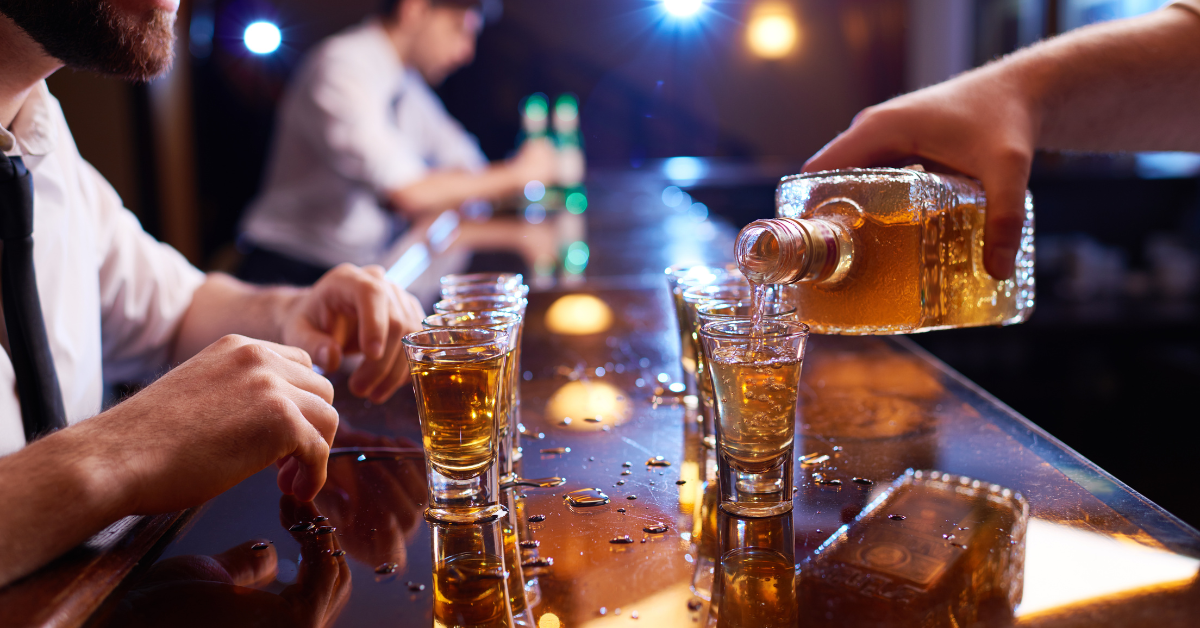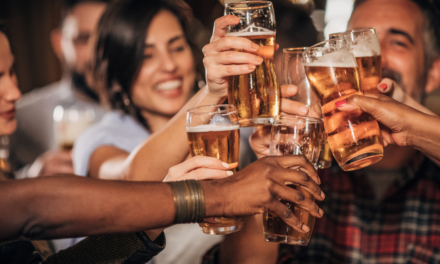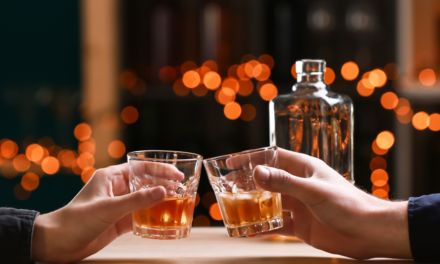The Alcohol Industry is in high spirits this year. Bad pun unintended, fact remains that this promises to be an exciting year for the industry. Predicting specific trends can be challenging but based on trends leading up to the start of 2024, here’s a glimpse of a new year, what can be expected of the ongoing factors shaping the alcohol industry.
The biggest demand has been for low and non-alcoholic beverages and is likely to continue growing. Teetotallers who party and dine out have more choices than ever before in the shape of artisanal mocktails and concoctions with the industry related FMCG sector catering to this segment. RTD beverages, including cocktails and pre-mixed drinks, have been on the rise. The convenience factor appeals to consumers, and the market is expected to continue growing. As of 2023, the global RTD market was valued at over $22 billion.

In India pre-mixes brands like Jimmy’s , Bartisans, &Stirred are a boon to non-alcoholic consumers who blend these with aerated drinks and syrups.
The global non-alcoholic spirits market was projected to grow at a CAGR of over 5% from 2021 to 2027, reaching a market value of approximately $3.5 billion.
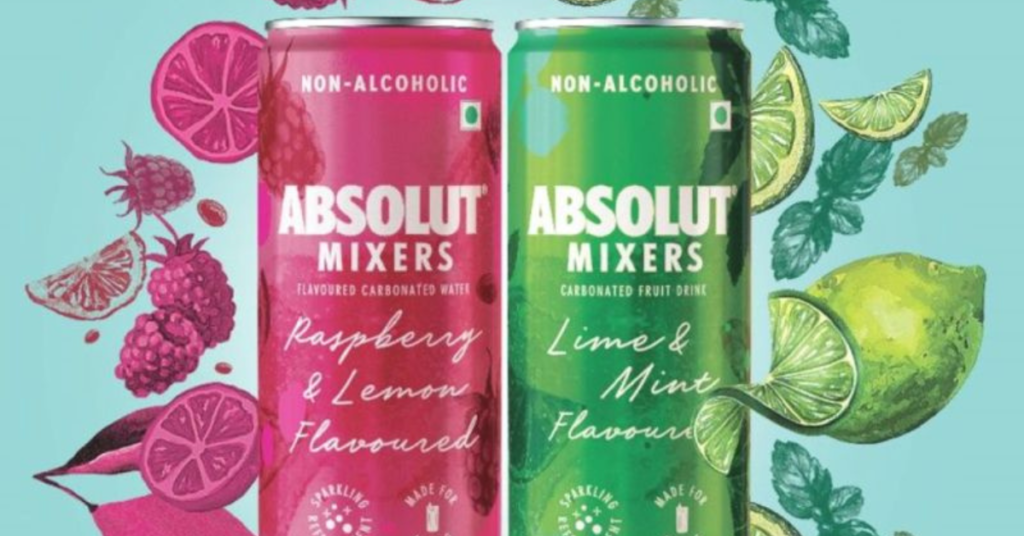 Source
Source
This decade has seen consumers become increasingly conscious of environmental impact. Sustainable practices in production, packaging, and sourcing are becoming more critical for the industry.
The craft and artisanal products are having a moment right now. Consumers are showing a preference for unique, small-batch, and locally-produced beverages, contributing to this sector’s growth.
As bartenders and mixologists embraced the artistry of cocktail-making, there was a renewed emphasis on craftsmanship. Attention to detail, precision in ingredient measurement, and the use of high-quality spirits became paramount. This revival places importance on the skill and creativity involved in mixing classic cocktails, elevating the drinking experience for enthusiasts.
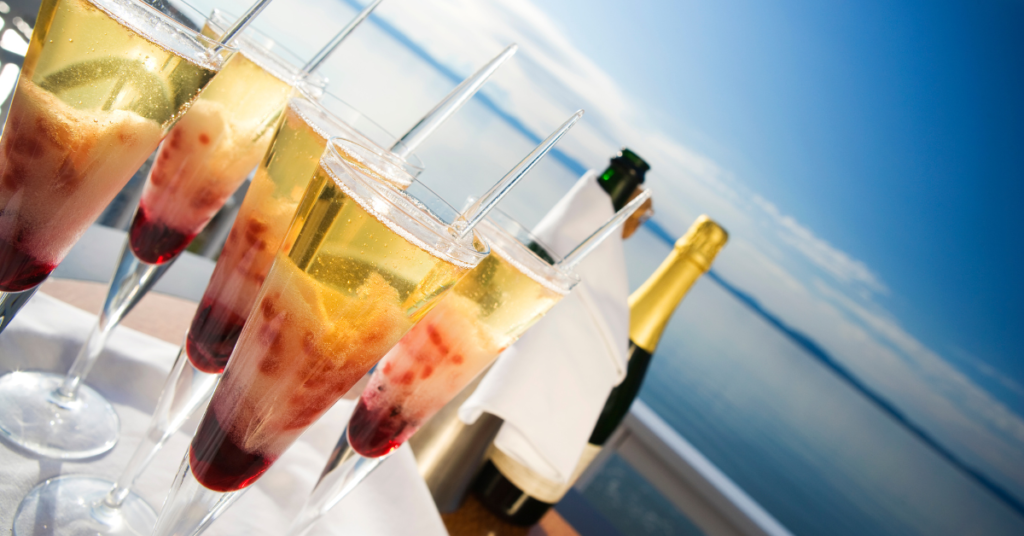
A key aspect of this trend is the insistence on using premium and often locally sourced ingredients. From top-shelf spirits to fresh fruits and handcrafted syrups, the classic cocktail revival emphasizes the importance of quality over quantity. This shift has influenced the spirits industry, encouraging producers to focus on craftsmanship and authenticity.
From smart packaging to personalized recommendations through apps, technology is playing a role in enhancing the consumer experience in the alcohol industry.
Not afraid of adventure? A diverse flavor profile is being explored increasingly with exotic flavor combinations, including botanicals and unusual ingredients. This is a trend that will continue to evolve. There’s a growing interest in herbal and non-alcoholic spirits, driven by health-conscious consumers.
Direct-to-Customer (DTC )sales have gained prominence, facilitated by online platforms. The pandemic accelerated the shift towards online alcohol purchases. In 2021, the DTC alcohol market in the U.S. alone was estimated at around $3 billion.

The wine industry has seen an increased focus on sustainability, with organic and biodynamic wines gaining popularity. As of 2021, the global organic wine market was valued at around $12 billion and expected to grow at a CAGR of over 10% by 2027.
The classic cocktail revival trend represents a nostalgic return to time-honored mixology, rediscovering and celebrating traditional cocktail recipes that were popular in the mid-20th century. This movement, which gained momentum in the early 21st century, reflects a shift from the overly complex and sweet concoctions of the late 1900s towards a more refined and authentic drinking experience today.

The trends have signalled a change in the globe consumes its spirits and we are all for embracing it! With responsibility to ourselves and our environment.
Cheers!

